
Hello~ 沙丘研究所(Dunes Workshop)是一个独立的线上原创内容发布平台,内容有关于城市、建筑、文学、艺术以及留学生活,成员来自哈佛大学设计学院以及麻省理工大学设计学院。 同样,欢迎关注我们的微信公众号“沙丘研究所”,第一手的推送内容会发布在这里;以及 Instagram账号@dunes.workshop 第一手的图像/视频内容将会发布在这里。
Panopticon: a great abstract metaphor, a moderately built project
Although the Panopticon was extremely successful as a spatial model or social metaphor, as an actual built project, the value of these prisons was relatively mediocre.
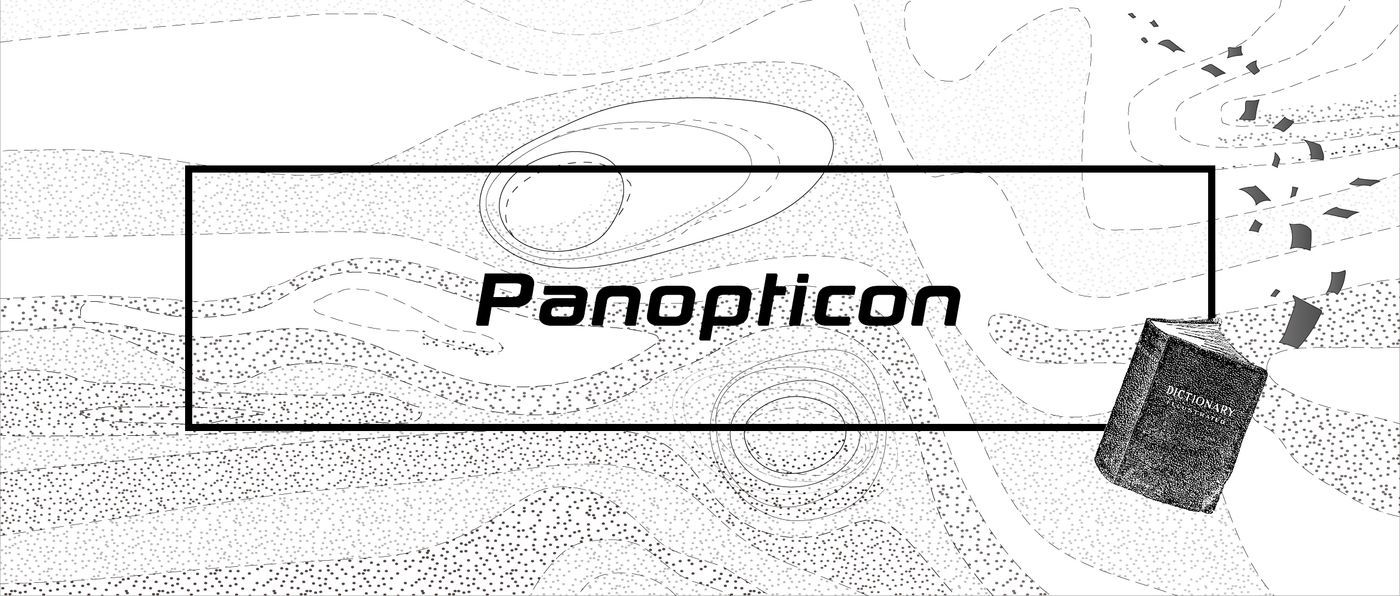
The "panopticon", first proposed by Bentham and reintroduced by Foucault as "panopticism", is currently very important in architecture as the architectural space of discourse.
In explaining it, we divided the concept into two parts, the Panopticism part click here to jump .
In short, the Panopticon is a model of space for housing bodies, organizing hierarchies, and intervening with power in individuals.
1. The great abstract social metaphor
In "Conversations with Foucault on Punitive Imprisonment," Foucault said that this pervasive system of surveillance was "in response to new forms."
The following notable aspects can be dismantled in the original text of Panopticism:
One, the population soared in the 18th and 19th centuries. In this case, the former excessive, wasteful, and ostentatious modes of governance become "too costly", so that neither feudalism, monarchy nor local supervisory mechanisms are applicable. The disciplinary technique of panopticism appears to be particularly economical and efficient;
Second, the industrial revolution and the rise of capitalism in the 18th and 19th centuries. In this case, the traditional, ritualistic, and brutal management model of the past is no longer practical. Panopticism, a disciplinary technique as a superb production institution, brings ubiquitous "discipline" and "supervision", which can quickly transform the originally chaotic "rabble" into an orderly "labor force" . So the Industrial Revolution, capitalism, and new disciplinary techniques complement each other;

Third, the "Enlightenment" of the 18th and 19th centuries proposed a legal framework of freedom, equality, and democracy. In this case, the "principle" legal form requires a "substantial" micropower to maintain. Therefore, the original contractual relationship of "signature and deposit" is no longer applicable, and only the mandatory relationship of "discipline" can act as the legal infrastructure. Of course, there is a huge contradiction between this - the legal form at the top pays attention to equality, but the interpersonal relationships brought about by the "discipline" at the bottom, which implements it, are unequal and asymmetrical. The micro-power that people still contradict the principle is because of the fear that there will be no replacement after it is abandoned.
Fourth, the growth of knowledge in many disciplines in the 18th and 19th centuries. In this context, panopticism is clearly not just in law and factories, it has also made its way further into hospitals and schools. This disciplinary technique defines a clear “normal state” for people in modern society—to have a docile body, docile mind, and docile knowledge. Therefore, "clinical medicine, psychiatry, child psychology, educational psychology" in the modern sense appeared one after another, and they can all be understood as the invention of disciplinary technology in the intellectual world.
2. Weakened practical significance of construction
However, one point is often overlooked - "Panorama" as a spatial model or metaphor, it is undoubtedly great; but when "panopticon" as an actual architectural project, it is not very successful, Or at least, these actual projects are gradually being deprecated over time.
On paper, the program is always effective and powerful. Radical architect groups in the 20th century created a large number of allegorical allegories full of tension, and many of these pictorial stories find direct or indirect shadows of "panopticism". For example, in Superstudio's "12 Christmas Cautionary Tales (Twelve Cautionary Tales for Christmas)" (also translated as "Twelve Ideal Cities") the first "city of 2000 tons".

In this short story, the building is a continuous grid of huge-scale squares, with each inhabitant living in "square nests". The chilling part is that the analyzer installed on the ceiling will continuously "select, compare, and synthesize the expectations of each individual, planning a life pattern for the whole city at every moment ", "ensure that all citizens will always be Living in the same conditions ." There is no death here, all needs are met, but if one wants to resist, "the ceiling screen is pressed down with 2,000 tons of gravity until it is completely in contact with the floor." This kind of The homogenization that the system brings to the individual, and the prevention of such a system against individual resistance, isn't it like a rewrite of the "panopticon" proposal?
At this point, a topic worth thinking about by architects may be, what happens when this extremely powerful and thought-provoking plan on paper comes into reality?
In the current context, perhaps because this concept has been abstracted as a whole, its value as an architectural project itself has been overstated; when "panopticon/panopticism" has become an academic buzzword, one should be discussed, but The question that hasn't been discussed enough is - has the panopticon-style panopticon envisioned by Bentham ever been built and put into use? In other words, the situation in which the concept was first born - when the prison is really built according to the Bentham proposal, is this kind of building any good?
The first thing to be sure is that Jeremy Bentham died without seeing the project he was so proud of actually come to fruition. Secondly, even if there are many buildings shaped like rings behind him, there is still no certainty about whether the panopticon has ever been built and used in history.
To put it simply, in Britain, Italy, the Netherlands, Spain, Russia, the United States, Cuba, South Africa, Australia and other places, there are indeed many prisons actually built in the past two hundred years, which are similar to the prototype proposed by Bentham in form. Indeed, these closed and fragmented cells are distributed on a circumference. But a question that deserves attention is that these built cases do not precisely follow the key point of Bentham's claim - "panorama", that is to say, the central watchtower does not cause the psychological pressure of constant surveillance on the prisoners .
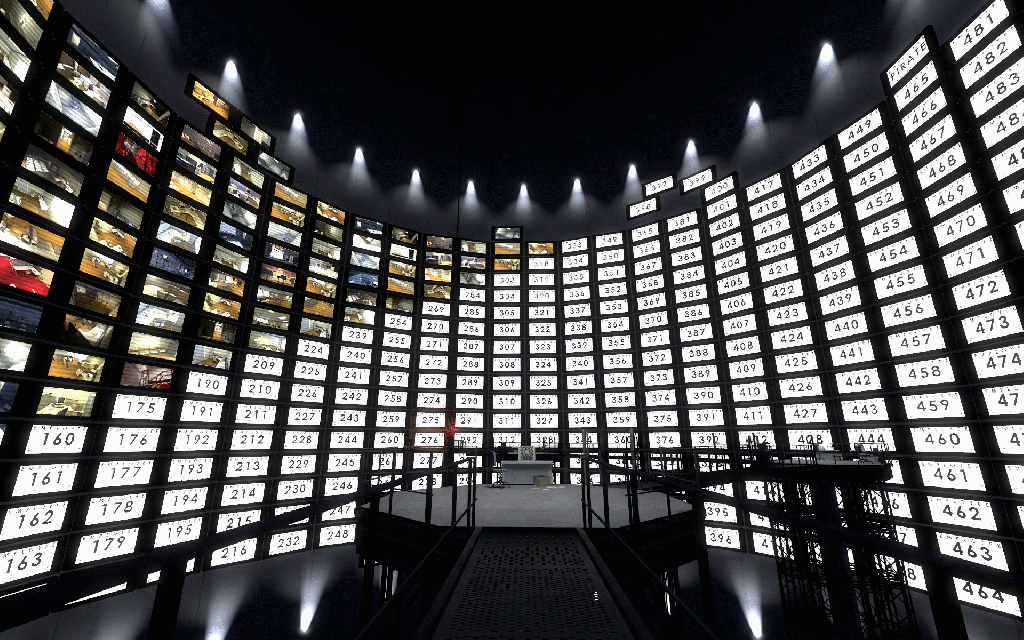
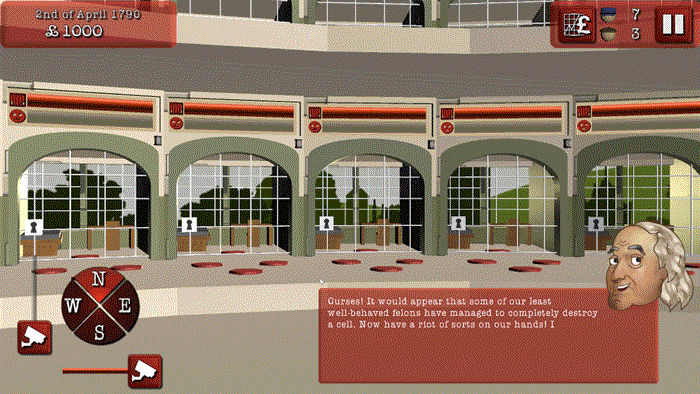
For example, in Dublin's Kilmainham Gaol, the central hall does have a panoramic and open view, but there are no observation and monitoring equipment and rooms; in the Netherlands' Koper Panorama ( Koepel Panopticon Prison), the central hall does have a watchtower, but it was actually converted into a prison guard's small dining room soon after it was built - the "see-to-be-see" was reversed, and the guard watched the prisoners serve their sentences and became prisoners Watch the guards eat.
Either there was no central watchtower, or the watchtower was converted into a small dining room. In many actual panopticon constructions, the concept of "panorama" exists in name only.
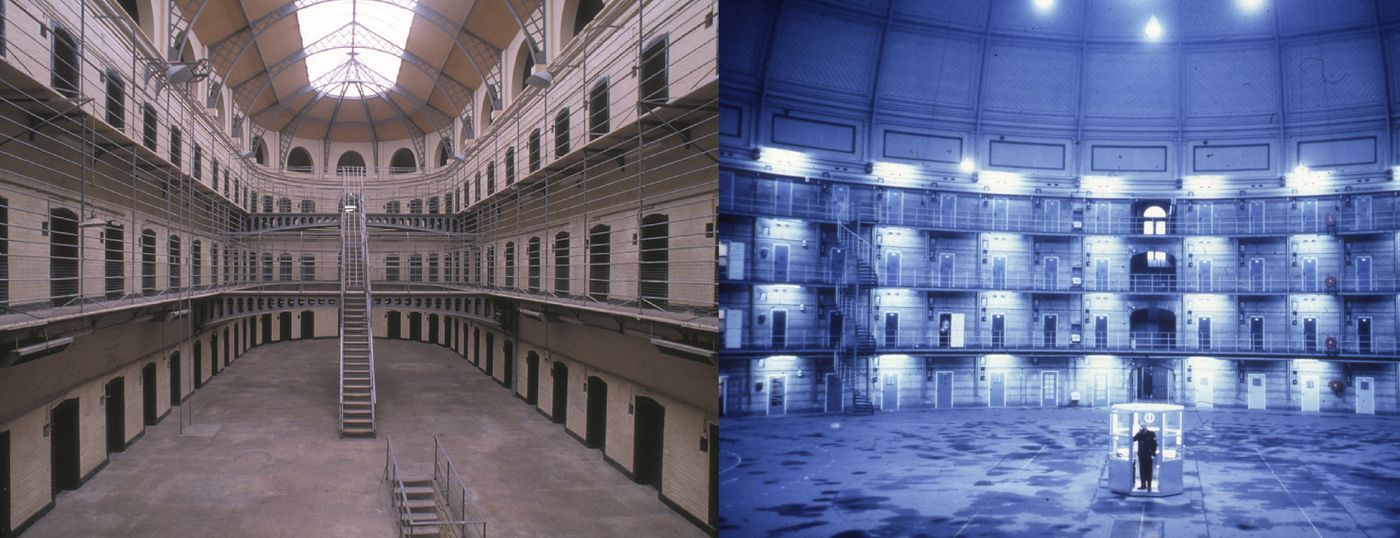

In addition, many other similar buildings did not dismantle the central watchtower, but the prison did not strictly follow Bentham's original instructions for the use of the building in the actual operation process. Over time, many of them were gradually abandoned, and many were converted into museums or other uses.
Most of the reflections on this phenomenon focus on four points.
First of all, as an actual completed project, the space efficiency of the Panopticon is not very ideal. Since it requires a long enough distance between the central watchtower and the outer confinement chamber, the huge area in between is almost empty.
Second, the ratio of guards/inmates in the Panopticon is too low. Prisons, as violent organs of the government, need to ensure that prison guards can suppress inmates under any possible circumstances. The panopticon did greatly reduce labor costs, but it also resulted in a disparity in the number of prison guards and prisoners. On some special but still possible occasions, if criminals riot and attack in groups, the few guards in the panopticon will be overwhelmed.
Third, the "repression without dead ends" advocated by the Panopticon no longer fits the human context of modern society. Bentham advocated that its space could suppress and monitor prisoners without dead ends, but the modern prison system has turned in this regard, and it needs to ensure that prisoners have a certain amount of free time and opportunities to communicate with each other. The space model that advocates absolutely no dead ends and isolation obviously has problems in the new era.
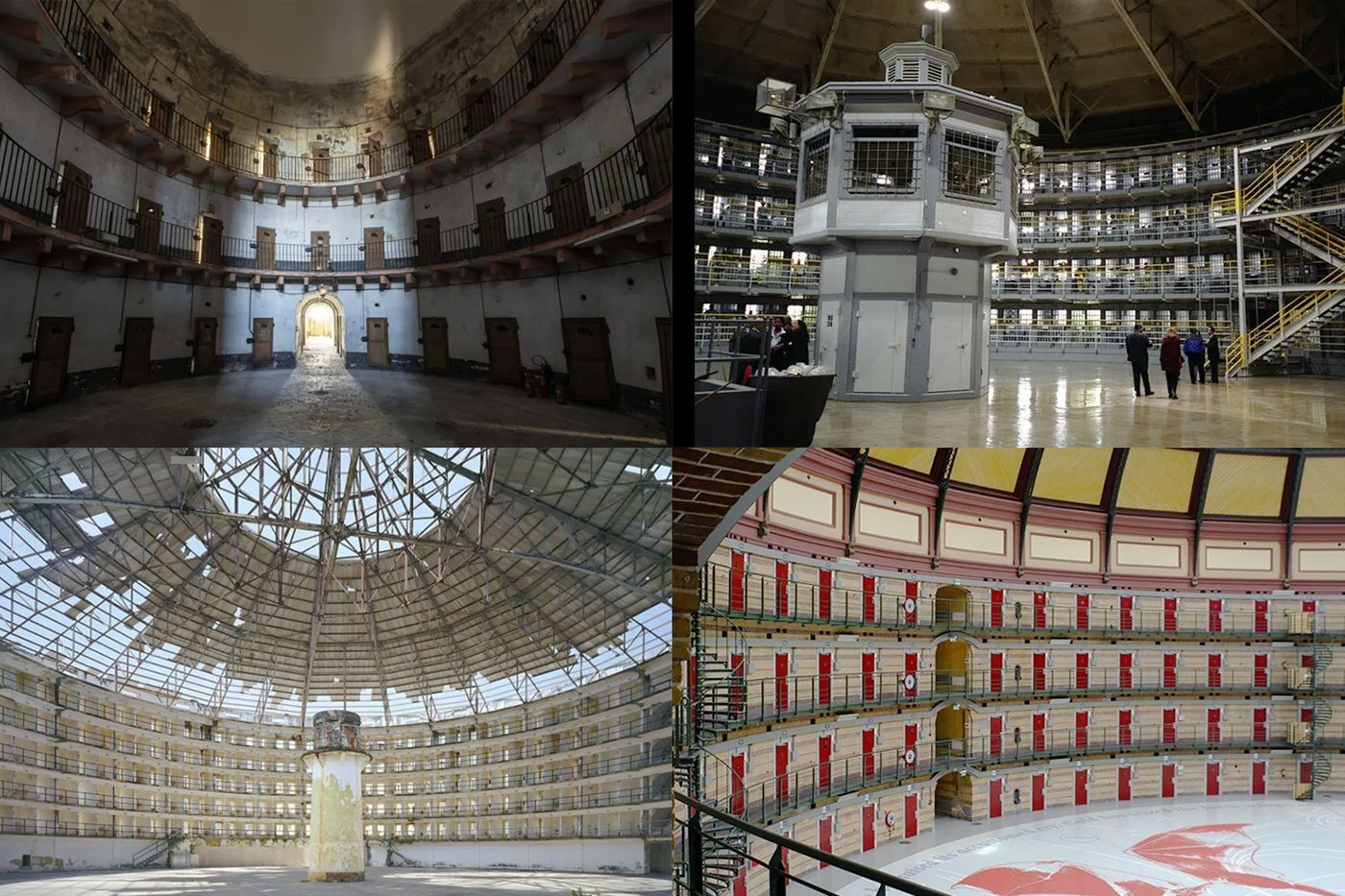
But most importantly, compared to Bentham's time, in the 21st century, the realization of many architectural ideas is no longer strictly dependent on real space. For example, the "seeing-being-seeing" relationship that played a key role in the Panopticon, in the 18th and 20th centuries, this may really only be achieved through the physical structure of "central watchtower-peripheral confinement room". But today, hundreds of years later, technological innovations make "see-be-see" just a fist-sized monitor in every room. In Bentham's time, if you wanted to show the people the presence and coercion of power, the best way was to build super-scale and symbolic buildings such as the "Arc de Triomphe"; but today, the presence and coercion of power Pressure may be achieved through the interaction design of apps such as "Dingding".
When the stage required for power shifts from physical buildings to virtual, interconnected worlds, it doesn't matter whether the specific penitentiary remains in the form of a panopticon. Because the owners of power already have lighter, more invisible and more permeable ideological weapons to accomplish what previously only brick-and-mortar giants could achieve.
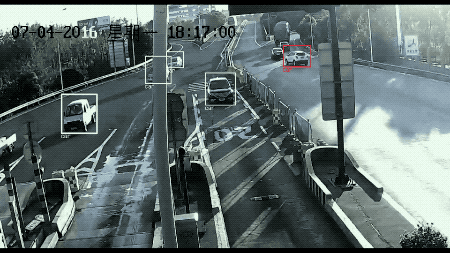
At this point we may be able to return to the debate "whether the Panopticon was ever used", because when the scheme was dematerialized, it still contradicted Bentham's original claim. In the imaginary ring-arranged cells, prisoners must subjectively be aware of the existence of "gazingers" anytime, anywhere; but in today's network environment, "gazingers" will try to weaken their own existence, and try to collect data from users inadvertently. Data, guide behavior.
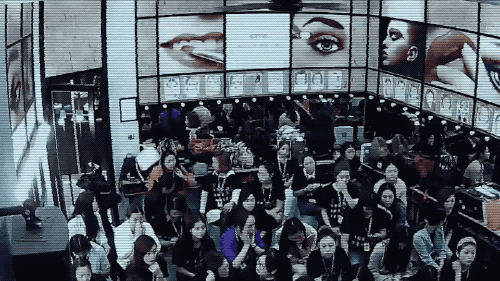
From the social improvement plan in the 18th century, to the criticism of Western society in the 20th century, and then to the discussion discourse with global significance in the 21st century, this spatial template has morphed into different and even self-contradictory meanings in different eras and contexts. . It continues to be used as a vocabulary and continues to expand its meaning in a variety of disciplines and in real and virtual projects. One can question its ambiguous ambiguity, the weighting of its various aspects, and its inability to "accurately apply" many times, but few question the importance of the concept. Scholars in the fields of architecture, sociology, political science, communication and other fields talk about it frequently, because this word has maintained its sensitivity to the most important and basic problems of society at almost all times. , Foucault and his later forged powerful theoretical weapons and thinking tools.
In Foucault's pen, the prison is the architectural prototype of the entire modern society. On this basis, mental hospitals, factories, schools, offices, etc., are nothing more than some deformation of the panopticon. Whether you call it improvement or education, the core essence of modern society seems to be to regulate the "normal state" that a person should be, and then constantly ensure that people grow up to be that way.
Distributed-surveilled-isolated, the dynamic, agitated, and uncontrollable natural person was transformed into a docile, orderly, productive modern man. The moment a utopia is written, its dystopian nature is derived from itself; Panopticon, which once represented an initiative of social progress in the 18th century, was also shrouded in increasingly institutionalized human beings. It shows another symbol of its control, repression, and slavery.
In addition to "gazing" and psychic oppression, another aspect of this project that should not be overlooked is its blockade of the possibility of individual flow and aggregation. In fact, if we go back to the beginning of the chapter on Panopticism, Foucault's discourse begins with the closure and regulation of communities under the plague; if such coercive coordination becomes the norm, it must be Terrible reality. Undoubtedly, such a chapter has enormous prophecy, warning and reflection value for today's world, which is far apart in time and space.
The first-hand content is published on the public account "Dune Research Institute", click here to jump to the original article
Like my work?
Don't forget to support or like, so I know you are with me..
Comment…